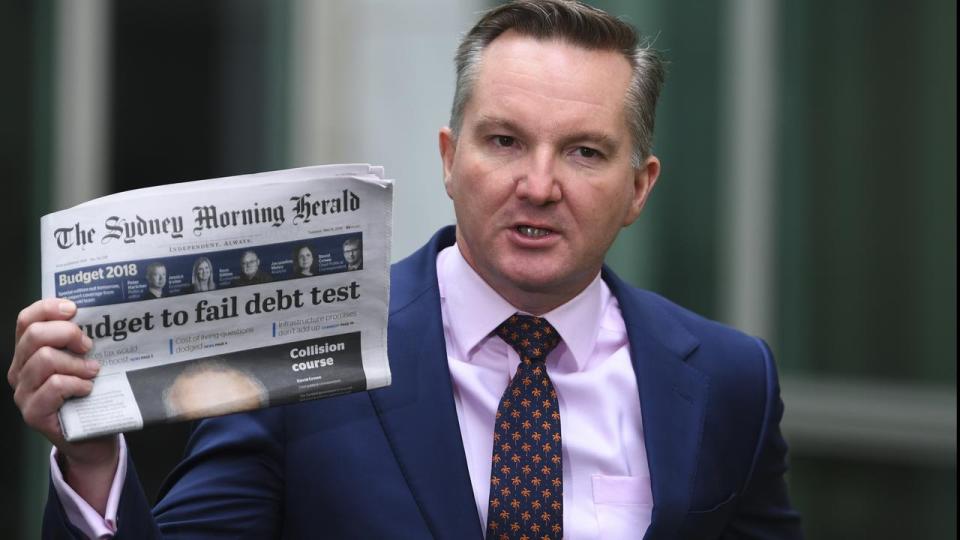Federal Budget 2018: What you will get from the tax cuts - and when
Treasurer Scott Morrison announced a host of personal income tax cuts during Tuesday night’s Federal Budget, leaving many Australians were wondering how much they’ll get back in their pocket.
Mr Morrison announced a seven-year plan thats promises up to $530 a year in income tax cuts for low and middle-income earners starting next financial year, with future cuts in 2023 and 2024.
Labor welcomed the initial tax cuts that start on July 1, but said promises of tax cuts out in 2024 were a “hoax”.
“You will have to re-elect Malcolm Turnbull twice to get that tax relief. It is ridiculous to say the tax cut will be in place in 2024,” Shadow Treasurer Chris Bowen said.
The immediate tax cuts for “working Australians” will cost the government $13.4 billion in lost revenue over the next four years.
Here’s what the tax cuts mean for you depending on your salary – and when you will get them.

Those earning up to $37,000
Low income earners with wages of up to $37,000 a year will have their tax offset by an extra $200.
While the new measure comes into effect on July 1, the cut will be delivered in a lump sum via a tax offset in your annual tax return.
This means taxpayers will have to wait until they submit their tax return for the 2018-2019 financial year to receive the benefits.
Those earning between $37,000 – $48,000
Those earning between $37,000 and $47,999 will receive a tapered reduction up to a maximum of $530 a year, from July 1, for the next four financial years.
Mr Morrison, who attempted to temper expectations at the final stages before the budget was handed down, was scrutinised when he said the tax cuts would be “affordable”, not mammoth.
Workers will need to wait until the end of the next financial year before they see the benefits of the new tax offset.
Those earning between $48,000-$90,000

The estimated 4.4 million Australians earning between $48,000 and $90,000 will receive the maximum offset of $530 from July 1. This equates to about $10.20 per week.
The treasurer said the government had flagged for many months the priority to deliver tax relief for low to middle-income earners because they had been doing it tough for some time without a decent pay rise.
“For middle-income households, with both parents working on average wages, this will boost their ‘kitchen table’ budget by more than $1,000 every year,” Mr Morrison said in his speech.
Workers will need to wait until the end of the next financial year before they see the benefits of the new tax offset. It can be claimed to either decrease your tax bill or boost your tax refund.
Those earning $90,000-$200,000
The $90,000 figure is the new threshold for the 32.5 per cent tax bracket, while in four years’ time the $37,000 tax threshold for the 19 per cent rate will be lifted to $41,000.
And in 2024/25 the government will abolish the 37 per cent rate.
That means everyone earning $41,000 to $200,000 will pay the same 32.5 per cent of their income.
There will be little tax relief for those earning over $125,000 until 2024/25 when the 37 per cent tax bracket is abolished.
Laws to cement the plan in place will be introduced to parliament on Wednesday, putting immediate pressure on the federal opposition to support them.
“Under the Turnbull Government’s personal tax plan, most working Australians earning above $41,000 are likely to never face a higher marginal tax rate through their entire working life,” Mr Morrison said in his Budget speech.



